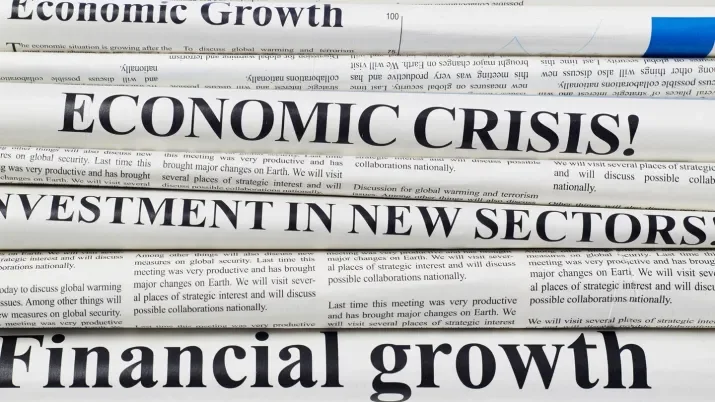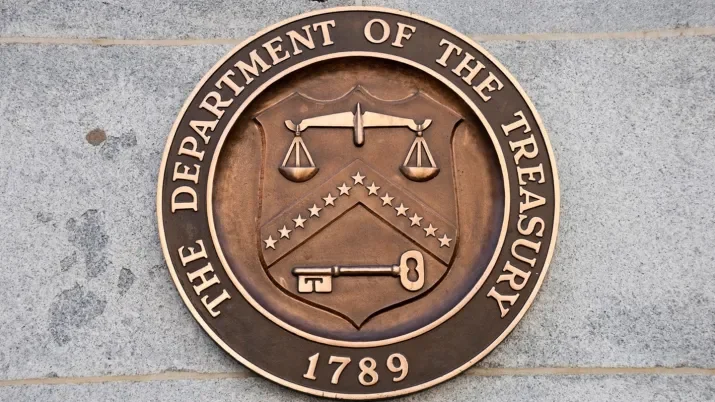Hedging Costs Can Also Be a Benefit
Those of you who have seen or heard one of our presentations will be aware of the significant impact that the FX-basis currently has on our relative value bond selection. Over the past couple of years, the differential in rates markets has increased dramatically between the established economies, most notably between the US and Europe as the Fed has been firmly in tightening mode while the ECB has kept its key refi rate in negative territory. This is obviously particularly pertinent for those investors who have euro denominated funds and are looking to diversify into US dollar denominated bonds, or vice versa, those investors who hold dollar designated funds with the ability to invest in euro denominated bonds and take advantage of forward differential. In fact, anyone with a global mandate should now currency adjust every investment in order to compare assets on a like-for-like basis.
This has been starkly illustrated by the recent widening in Italian government bonds. We are all aware that the combination of an anti-austerity coalition government and an economy that already has a debt-to-GDP ratio of around 130% has understandably led to investor caution. However, we feel recent media articles that have drawn a parallel between US Treasury yields and Italian BTP yields, concluding that their similarity makes the US bonds look cheap, have rather missed the point.
Right now, 10-year BTP yields are approximately 2.87%, while the 10-year UST yields 3.10%, so the headline yield is indeed similar. However, the differential in the underlying interest rates has driven the cost of hedging to extreme levels, with the current cost of converting a dollar yield to a euro yield around 290bp for a one month term.
So on a like-for-like basis, a euro denominated fund after hedging its 10-year UST investment would derive a mere 0.17% euro yield, whereas an equivalent 10-year BTP investment would currently generate a yield of 2.87% – a multiple of approximately 16x, hardly “similar”. The risks between the two are very different, and so are the currency-adjusted yields.
Later this week the Fed is expected to hike another 25bp taking the Fed Funds rate to 2.00-2.25%, and the guidance suggests a further hike in December followed by another three hikes in 2019. This would result in the top of the Fed Funds range being at 3.25%, with euro refi rates likely to still be negative. So this FX hedging cost basis is only going higher in the short to medium term. It is therefore critical to consider all assets on a currency-adjusted playing field, and remember that the FX hedge can be a benefit as well as a cost.



